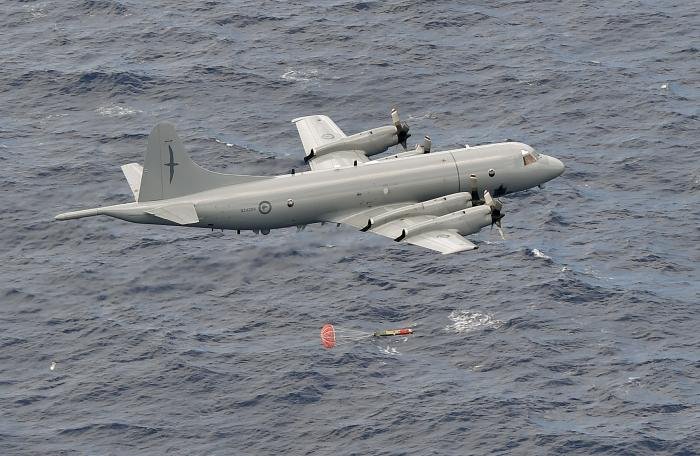The New Zealand Defence Force (NZDF) announced on December 13 that it will retire its five remaining Lockheed P-3K2 Orion maritime patrol aircraft (MPA) five months earlier than planned due to staff shortages and maintenance constraints.
The decision to withdraw its ageing P-3K2 fleet in January will leave the Royal New Zealand Air Force (RNZAF) with a limited capacity to carry out search and rescue (SAR) and maritime surveillance operations until July 2023 at the earliest. With staff shortages and maintenance constraints cited as the reason behind the Orion fleet’s expedited retirement, the move will create a short-term capability gap in the RNZAF’s ability to carry out its maritime patrol and SAR mission set until the Boeing P-8A Poseidon formally takes over.

The majority of New Zealand’s Orion fleet was delivered to the RNZAF in 1966 and the type is now being replaced in operational service by four Poseidons – the first of which (serial NZ4801) arrived at RNZAF Base Ohakea, near Palmerston North in the Manawatu, on December 12, 2022. While the RNZAF is set to receive its remaining three P-8As – which are currently in various stages of production – by mid-2023, the New Zealand government has stated that the first Poseidon would not be ready to start performing operational missions until July 1, 2023.
According to a NZDF spokesperson, the RNZAF will lean on other aircraft to cover the maritime patrol mission until the P-8A formally comes online in July. The spokesperson added that New Zealand may also ask regional partners to help provide coverage during the projected five-month capability gap.
In RNZAF service, the P-3K2 has been employed to conduct a range of different missions from conducting surveillance across New Zealand’s Exclusive Economic Zone and supporting SAR missions in the southern Pacific. RNZAF-operated Orions have also been used to support many global humanitarian missions during their time in operational service, including the search for Malaysian Airlines Flight MH370 in 2014 and, more recently, P-3K2s were deployed to Tonga following the Hunga Tonga–Hunga Haʻapai volcanic eruption, which began in late December 2021 and concluded in mid-January 2022.
New Zealand’s move to retire its P-3K2 fleet also comes at a time when regional tensions continue to rise between China and Australia, Japan, the US, and other nations in the region. Given the vast expanse of the Pacific Ocean and China’s growing military presence at sea, the ability to carry out maritime surveillance operations is a key capability for many air arms across the Indo-Pacific region, especially when it comes to maintaining security and deterring adversary forces from operating near a nation’s territorial waters.

